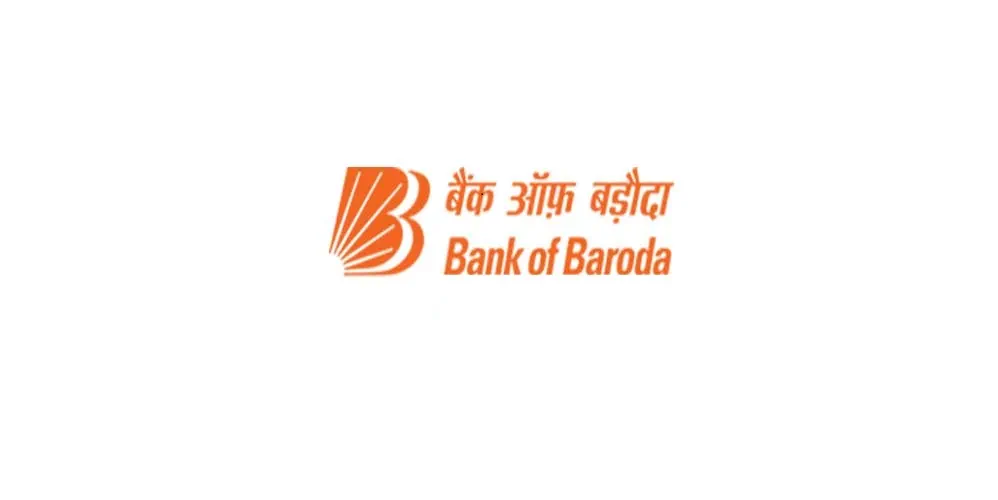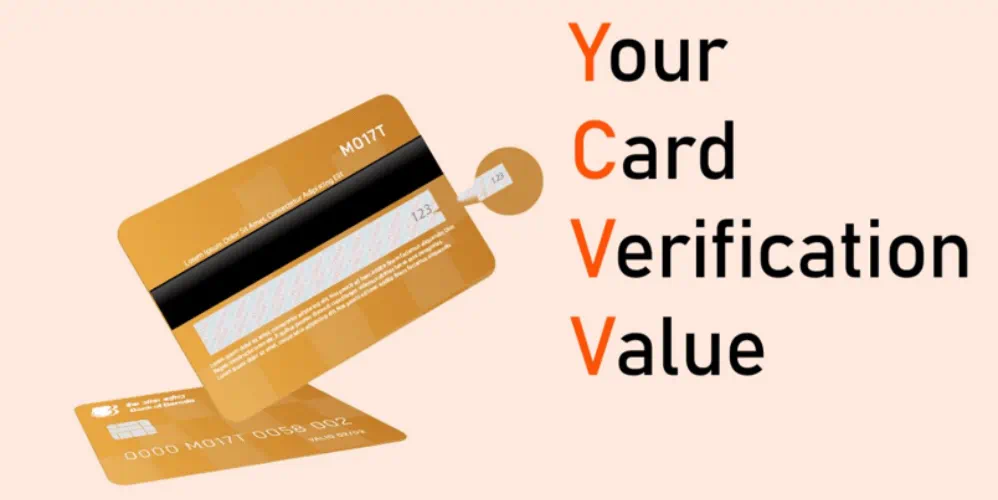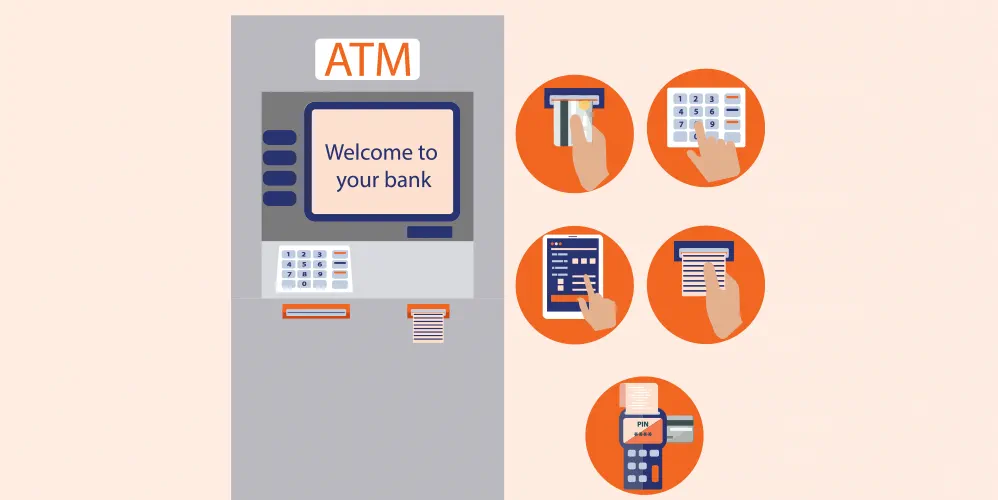
पीपीएफ खातों से संबंधित नियमों में 5 प्रमुख बदलाव जो आपको अवश्य पता होने चाहिए।
22 जुलाई 2022

Table of Content
Saving for retirement is incredibly important. The Government of India offers several schemes geared toward the same. Most of these schemes also come with tax deduction benefits. One such popular scheme that allows you to create a lumpsum retirement corpus is the Public Provident Fund or PPF. The GOI has introduced some changes to this incredibly popular scheme in recent years. Let us understand what PPF is along with the new PPF rules.
What is PPF Account?
The Public Provident Fund account is a type of long-term savings-cum-investment account that offers tax deduction under Section 80C of the Income Tax Act of 1961. You can deposit up to Rs 150,000 per annum in your PPF account and earn interest on your deposits. The deposited funds, interest earned, and the maturity amount are entirely tax-free. The minimum investment tenure for PPF is 15 years, and you can extend your account in blocks of 5 years.
PPF – Latest Rules
The GOI made some tweaks to the existing PPF Account rules in 2019. Below are the five new PPF rules.
1. PPF Account Extension
You need to submit Form 4 to extend your PPF scheme account after it matures. You must do so within one year of the maturity date of your original PPF account or the extended PPF account. You no longer need to submit Form H. Moreover, you can retain your PPF account after it matures without depositing more funds and continue to earn interest on your account balance per the applicable PPF interest rate.
2. PPF Account Deposits
Earlier, you could deposit funds in your PPF account only twelve times during a financial year. However, per the new PPF rules, there is no restriction on the number of deposits. You can deposit funds in multiples of Rs 50, but, per usual, your maximum annual deposits cannot exceed Rs 150,000. Also, you must still deposit a minimum of Rs 500 per annum in the PPF account.
3. Premature Account Closure
Earlier, you could close your PPF account prematurely only under certain specific circumstances. For instance, you could close the account prematurely if you needed money for higher education or medical treatment after five years from the account opening date. But per the latest PPF account rules, you can also close your account if your residency status changes from Resident to Non-Resident Indian. You must provide a copy of your passport, visa, or latest income tax returns if you wish to close your account prematurely.
4. Interest Payment on Loans Against PPF
The GOI has reduced the loan interest spread over interest payment on PPF account deposits. Earlier, account holders who obtained loans against their PPF deposits had to pay a 2% interest rate per annum above the prevailing PPF interest rate. However, per the new PPF rules, the government has reduced the interest spread from 2% to 1%, thus reducing the cost of loans against PPF deposits.
5. Loan Repayment Terms
While the government has reduced the cost of loans, new PPF rules dictate that you must repay your loan against PPF deposits within 36 months. If you fail to repay the loan, partially or entirely, you will have to pay the penal interest charged at 6% per annum.
How to Open PPF Account with Bank of Baroda?
You can now open your PPF account with Bank of Baroda online, from the comfort of your home, or by visiting your nearest Bank of Baroda branch. You must submit copies of your KYC documents and deposit at least Rs.500 to open your account. Visit the bank of Baroda website to know more about the PPF account benefits.
Popular Articles
Related Articles



What is CVV on a Debit Card? Understanding Its Importance and Security Features


How to Update Your FASTag KYC: Step-by-Step Guide for Online & Offline Methods




The Importance of Pension Funds: Secure Your Future with Steady Retirement Income

-
डिस्क्लेमर
इस लेख/इन्फोग्राफिक/चित्र/वीडियो की सामग्री का उद्देश्य केवल सूचना से है और जरूरी नहीं कि यह बैंक ऑफ बड़ौदा के विचारों को प्रतिबिंबित करे। सामग्री प्रकृति में सामान्य हैं और यह केवल सूचना मात्र है। यह आपकी विशेष परिस्थितियों में विशिष्ट सलाह का विकल्प नहीं होगा । बैंक ऑफ बड़ौदा और/या इसके सहयोगी और इसकी सहायक कंपनियां सटीकता के संबंध में कोई प्रतिनिधित्व नहीं करती हैं; यहां निहित या अन्यथा प्रदान की गई किसी भी जानकारी की पूर्णता या विश्वसनीयता और इसके द्वारा उसी के संबंध में किसी भी दायित्व को अस्वीकार करें। जानकारी अद्यतन, पूर्णता, संशोधन, सत्यापन और संशोधन के अधीन है और यह भौतिक रूप से बदल सकती है। इसकी सूचना किसी भी क्षेत्राधिकार में किसी भी व्यक्ति द्वारा वितरण या उपयोग के लिए अभिप्रेत नहीं है, जहां ऐसा वितरण या उपयोग कानून या विनियमन के विपरीत होगा या बैंक ऑफ बड़ौदा या उसके सहयोगियों को किसी भी लाइसेंसिंग या पंजीकरण आवश्यकताओं के अधीन करेगा । उल्लिखित सामग्री और सूचना के आधार पर किसी भी वित्तीय निर्णय लेने के लिए पाठक द्वारा किए गए किसी भी प्रत्यक्ष/अप्रत्यक्ष नुकसान या देयता के लिए बैंक ऑफ बड़ौदा जिम्मेदार नहीं होगा । कोई भी वित्तीय निर्णय लेने से पहले अपने वित्तीय सलाहकार से सलाह जरूर लें।
टोकनाइजेशन: क्या यह आपके ऑनलाइन कार्ड लेनदेन को सुरक्षित बनाएगा?
डिजिटलीकरण के लिए धन्यवाद, ऑनलाइन लेनदेन की संख्या पहले से कहीं अधिक हो गई है। आप ऑनलाइन भुगतान करने के लिए कई भुगतान विधियों का उपयोग कर सकते हैं - क्रेडिट कार्ड और डेबिट कार्ड भुगतान उनमें से एक हैं। कार्ड आपको दुकानों के साथ-साथ ऑनलाइन भी त्वरित भुगतान करने की अनुमति देते हैं। ऑनलाइन चेकआउट के समय, आपको बस अपना डेबिट या क्रेडिट कार्ड विवरण दर्ज करना होगा और ओटीपी के माध्यम से लेनदेन को सत्यापित करना होगा। कुछ मोबाइल शॉपिंग ऐप आपको अपने कार्ड विवरण सेव करने की सुविधा भी देते हैं। हालांकि, 30 सितंबर 2022 के बाद ऐसा करना संभव नहीं होगा। भारतीय रिजर्व बैंक (RBI) ने टोकनाइजेशन के बारे में कई नोटिस जारी किए हैं। यह एक सुरक्षा उपाय है जिसका उद्देश्य ऑनलाइन भुगतान धोखाधड़ी के खिलाफ रोकथाम को बढ़ाना है। कार्ड ट्रांज़ैक्शन के टोकनाइज़ेशन के बारे में अधिक जानने के लिए पढ़ें और पता करें कि क्या यह आपके ऑनलाइन कार्ड ट्रांज़ैक्शन को सुरक्षित बना सकता है।
The Future of Green Hydrogen: How Bank of Baroda’s Green Hydrogen Financing Scheme is Leading the Way
As the world pivots towards sustainable energy solutions, Green Hydrogen stands out as a transformative alternative. With increasing emphasis on reducing carbon emissions and addressing climate change, Green Hydrogen emerges as a clean, renewable fuel source capable of revolutionizing various industries and aiding in the achievement of long-term sustainability goals. In this context, Bank of Baroda is making significant strides with its specialized financing product, the ‘bob Green Hydrogen Financing Scheme,’ designed to support the development of Green Hydrogen technologies and projects for captive consumption.

